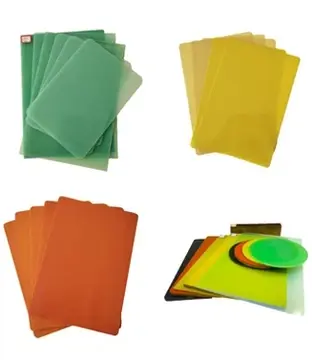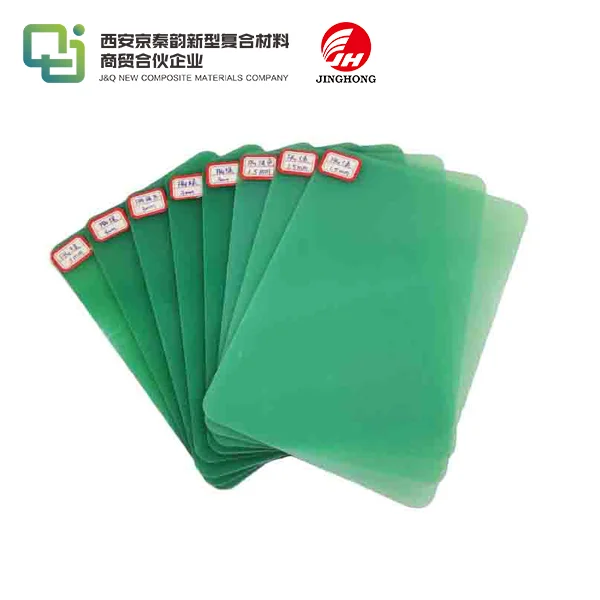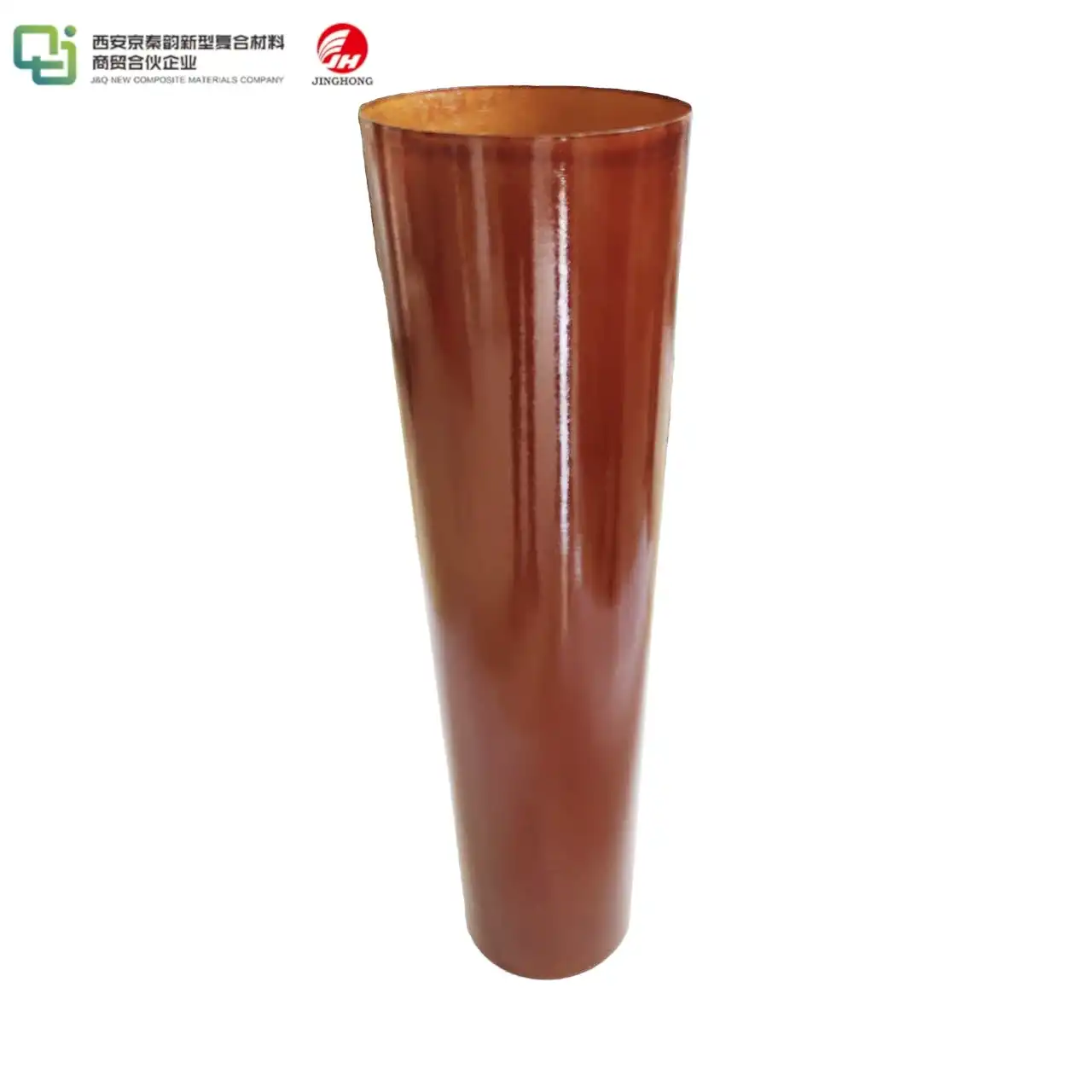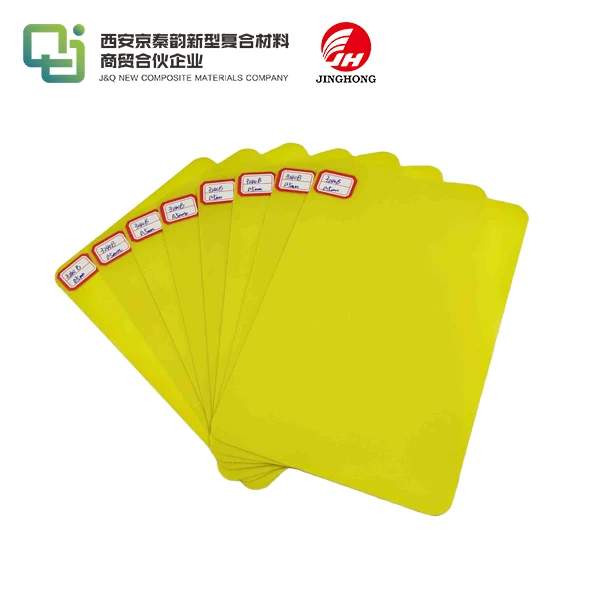What are the commonly used insulation materials?
2023-12-14
Insulating materials in a broad sense refer to materials that can isolate sound, light, electricity, heat, etc. Insulating materials usually refer to electrical insulation materials that isolate "electricity".
Electrical insulating materials, also known as dielectrics, refer to materials that are non-conductive or extremely conductive under the action of DC voltage, and their resistivity is generally greater than 1010Ω·m. The main function of insulating materials is to isolate live conductors with different potentials in electrical equipment so that current can flow according to a certain path. It can also serve as mechanical support and fixation, as well as arc extinguishing, heat dissipation, energy storage, moisture-proof, and mildew-proof. Or improve the potential distribution of the electric field and the function of protecting the conductor. Therefore, the insulating material is required to have the highest possible insulation resistance, heat resistance, moisture resistance, and a certain mechanical strength.
The insulation materials currently used in live work in my country generally include the following types:
1. Insulating boards: including hard boards and soft boards. Its types include laminated products, such as 3240 Epoxy Fiberglass Sheet and polyvinyl chloride boards and polyethylene boards in engineering plastics.
2. Insulating pipes: including hard pipes and hoses. Types include laminated products, such as 3640 epoxy fiberglass tubes, tape or silk roll products.
3. Plastic film: such as polypropylene, polyethylene, polyvinyl chloride, polyester and other plastic films.
4. Rubber: natural rubber, artificial rubber, silicone rubber, etc.
5. Insulating rope: woven from natural silk and artificial chemical fiber, such as nylon rope, polyamide rope and silk rope (raw silk rope and cooked silk rope), including twisted, braided round rope and ribbon braiding rope.
6. Others: insulating oil, insulating paint, insulating adhesive, etc.

Since the insulation performance of insulating materials will vary greatly at different temperatures, the International Electrotechnical Commission classifies insulating materials into Y, A, Z, and B according to the maximum operating temperature allowed for the normal operation of electrical equipment (i.e., heat resistance level). , F, H, C seven heat resistance grades. The allowable working temperatures are 90℃,105℃,120℃,130℃,155℃,180℃ and above. Y, E, F and H in the above insulation material grade symbols can also be represented by DAB, BC and CB respectively.
Laminated products include various laminates, tubes, rods and related laminated parts. Because these materials have good electrical insulation properties, mechanical and physical and chemical properties, they are widely used in electrical appliances and live operations, especially 3240 Epoxy Fiberglass Sheet , 3640 epoxy fiberglass tubes and 3840 type epoxy fiberglass rods are the most widely used in live operations.

Plastics commonly used in live work include polyvinyl chloride, polyethylene, polypropylene, nylon 1010, polycarbonate, plexiglass, polytetrafluoroethylene, etc. Insulated ropes are widely used in live work in my country. The development of live work tools in the direction of ropes can be said to be a major feature of China's live work. At present, insulated ropes have been widely used to bear mechanical loads, vehicles, climbing tools, hanging ropes, connecting sleeves and security ropes, etc. The application of new insulation materials and new processes in live work is of great significance in promoting the lightweight and moisture-proof tools of live work and reducing the labor intensity of workers.







